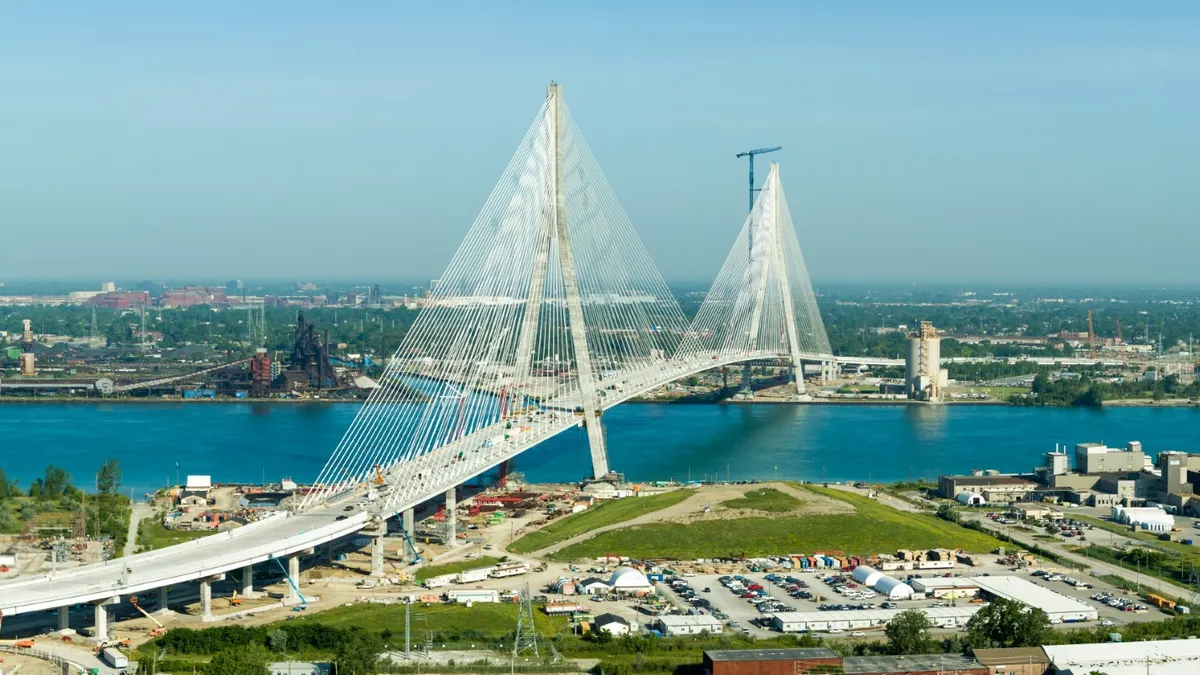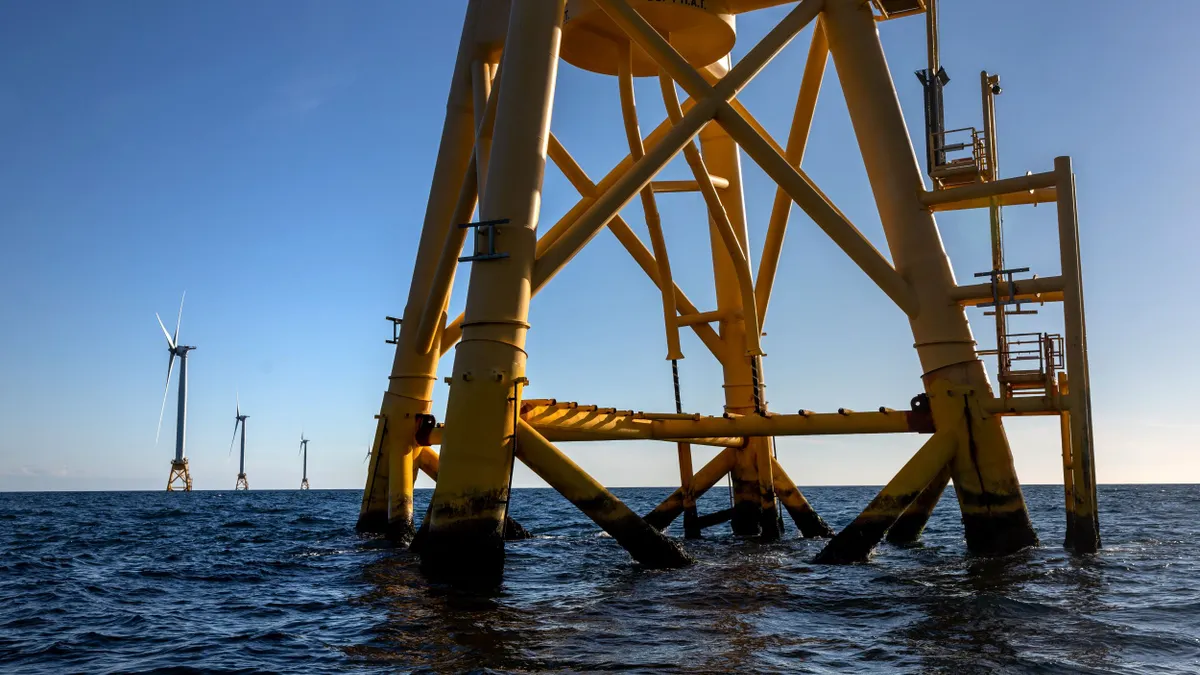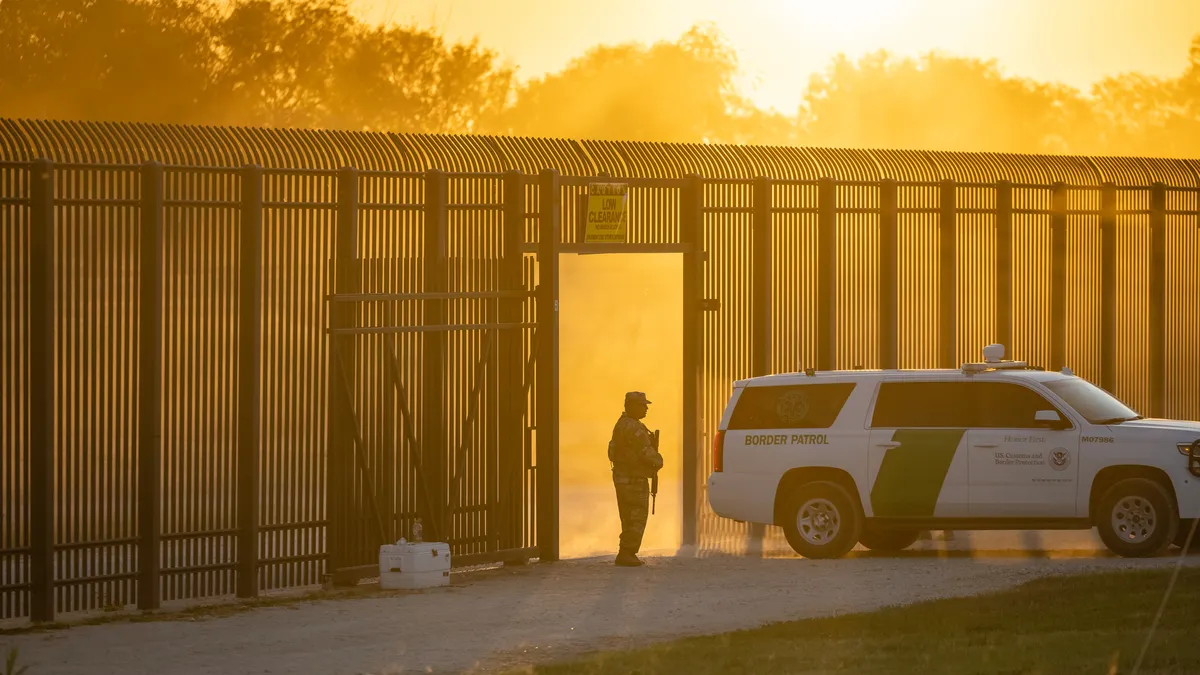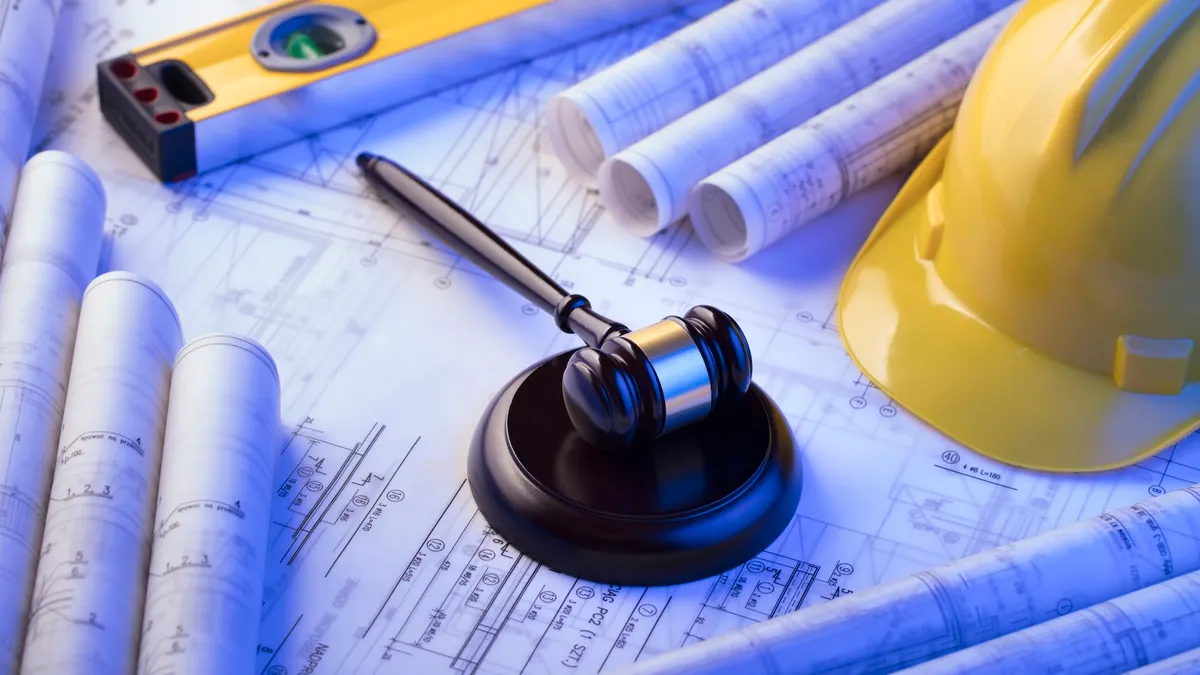MCLEAN, VIRGINIA — Lifeline infrastructure systems provide integral services like water, electricity and transportation, but they are often taken for granted until they fail.
Factors like age, deferred maintenance and more frequent extreme weather events are stressing these structures, making strategic planning for disaster recovery critical, according to experts at the Building Innovation 2025 conference, sponsored by the National Institute of Building Sciences.
Much of the country’s infrastructure was built before the notions of redundancy and resiliency were understood, said North Carolina DOT Secretary Joey Hopkins during the conference last month. Recent climate-driven disasters such as Hurricane Helene and the Los Angeles wildfires have underlined how critical they are.
“Much of our infrastructure is so old it's built to standards that we no longer use. So it doesn't work anymore,” said Hopkins. For example, “Back in the ‘60s, we built ramps that came in on the left side of the highway. We had very, very short acceleration lanes and deceleration lanes. Vehicles were smaller, they were slow back then. Things have changed.”
However, U.S. funding programs for disaster recovery largely only provide money to restore structures the way they were before, leaving them vulnerable to the same forces that caused damage in the first place, said Madhu Beriwal, founder and chair of IEM International, a disaster preparedness consultancy based in Raleigh, North Carolina, in a panel.
“Infrastructure was built in the 1950s to 1970s for a different climate regime, and we are trying to manage 21st century climate issues, not even talking about what could happen next century,” said Beriwal. One infrastructure failure can cause cascading impacts, yet “each individual infrastructure is owned or operated by a different entity, and there's not a lot of coordination between them to figure out what problem points are.”
Targeted investment
Functional recovery — the ability of a building or lifeline infrastructure system to maintain or quickly restore essential functions after a shock — is critical when planning for resilient communities, said Ronald Eguchi, CEO and co-founder of Long Beach, California-based risk management company ImageCat, during the conference.
“[Functional recovery] is something that can be an important concept, not only for buildings, but to begin to institutionalize that for lifelines,” said Eguchi. “I think it's very important, because now we're sort of shifting the paradigm a little bit in terms of how we measure performance.”
To that end, NIBS’ Lifeline Infrastructure Hub fosters partnerships among federal, state and local governments, nonprofits and industry groups to better manage extreme weather impacts and help communities bounce back after disasters. Launched last year, it aims to identify critical infrastructure gaps and cost-effective ways to mend them.
Rebuilding infrastructure networks to meet modern needs is costly, yet badly needed, the American Society of Civil Engineers’ 2025 Report Card shows. The 2021 Infrastructure Investment and Jobs Act helped counteract the impact of inflation, but the country’s lifeline systems are still “woefully underfunded” amid declining gas tax revenue, Hopkins said. North Carolina has turned to public-private partnerships to help fill that funding gap.
“Inflation has hit us all in these last few years, and it's put us further down than we were before,” Hopkins said. “Today we've got about a half a dozen communities in our state now that are saying, ‘Will you toll this route so we can get a project? We want it so bad we're willing to accept the toll.’”
New Orleans is drawing lessons from past disasters and near-disasters to guide it on how to focus its infrastructure upgrades, said Steven Nelson, general superintendent of the Sewerage and Water Board of New Orleans.
“It's not necessarily the oldest parts of the city that failed the most dramatically or most frequently,” said Nelson. “So I think that there is a major need for targeted investment.”
Tech can help
Artificial intelligence and machine learning can help jurisdictions and utilities understand how to direct their limited resources for maximal impact, such as dealing with water main breaks, Nelson said.
With AI, “We can take the limited resources that we have, develop a capital improvement program that's based on actual failure rates, anticipated rates of failure in those locations that are most likely to have a catastrophic effect,” Nelson said.
Digital twins are another underused technology that can help with planning for more resilient infrastructure, according to Eguchi.
“I don't think we are fully utilizing [digital twins] in complex sorts of problems like lifelines and how they operate,” said Eguchi. “I think that digital twin models and utilizing that technology can very well help us better understand what the failures could be. What could be the impacts? How likely are these different things?”























